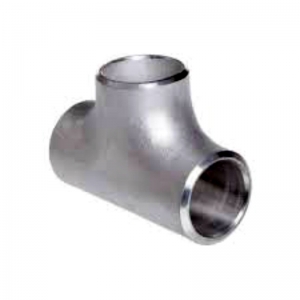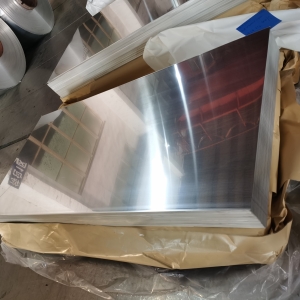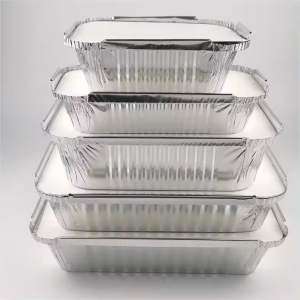Introduction: The Curiosity Spark
A flicker of smoke rises from the grill, carrying the acrid tang of burning metal. Was that last night’s foil-wrapped salmon, or a hazard wafting into your lungs? Though aluminum foil is a kitchen staple, its combustion sparks questions—and concerns. Let’s unravel the science behind inhaling burnt aluminum foil and equip you with savvy safety insights.
Understanding Aluminum Foil Basics
Aluminum foil, a malleable metal sheet, thrives in kitchens for its heat conductivity and moisture-locking prowess. From wrapping leftovers to lining baking sheets, its versatility is unmatched. But when overheated, this everyday hero can morph into a source of unintended consequences.
The Science of Burning Aluminum Foil
Aluminum ignites at approximately 1,220°C (2,228°F)—temperatures far beyond standard ovens. However, direct flame contact (e.g., grills or blowtorches) can trigger oxidation. This reaction produces aluminum oxide (Al₂O₃), a powdery residue, and releases microscopic particles into the air.
What’s Released When Aluminum Foil Burns?
Combustion generates two primary byproducts: aluminum oxide particles and trace gases. These ultrafine fragments, often under 2.5 microns, bypass nasal filters, embedding deeper into airways. While non-toxic in small quantities, concentrated inhalation overwhelms the body’s defenses.
The Immediate Respiratory Response
Upon inhaling burnt foil particles, cilia—hair-like structures in the respiratory tract—spring into action. They trap irritants, prompting coughs or throat irritation. Mucous membranes may inflame, causing temporary discomfort akin to mild allergies.
Short-Term Health Risks
Acute exposure symptoms include:
- Scratchy throat or hoarseness
- Dry coughing fits
- Nasal congestion
- Mild chest tightness
These typically resolve within hours as expelled via the mucociliary escalator, the body’s self-cleaning mechanism.
Long-Term Health Concerns
Chronic inhalation of aluminum dust, though rare in households, links to pulmonary fibrosis and diminished lung function in industrial settings. Everyday kitchen accidents pose minimal risk, but repeated neglect could seed cumulative damage.
Aluminum Toxicity: Myth or Reality?
The human body excretes aluminum efficiently, debunking fear-mongering claims. However, inhaled particles bypass digestive detox pathways. While no studies confirm direct toxicity from occasional exposure, moderation remains key.
The Role of Particle Size
Nanoscale aluminum oxides—tiny enough to infiltrate alveoli—pose greater risks than larger fragments. Their high surface area-to-volume ratio enhances reactivity, potentially triggering oxidative stress in sensitive individuals.
Populations at Higher Risk
Asthmatics, smokers, and immunocompromised individuals face amplified responses. Children’s developing lungs and elders’ weakened clearance systems demand heightened vigilance during foil-related mishaps.
First Aid for Accidental Inhalation
- Exit the area: Seek fresh air immediately.
- Hydrate: Water thins mucus, aiding particle expulsion.
- Rest: Avoid exertion to reduce respiratory strain.
- Steam inhalation: Soothe irritated airways with warm mist.
When to Seek Medical Attention
Persistent symptoms—wheezing, dizziness, or blue-tinged lips—signal emergency care. Blood tests or chest X-rays might assess particulate burden, though severe cases are exceedingly rare.
Common Scenarios for Aluminum Foil Burning
Grill flare-ups, oven liner mishaps, or campfire experiments often culprits. Avoid placing foil directly over flames; opt for indirect heat zones.
Alternatives to Aluminum Foil for High Heat
Parchment paper, silicone mats, or cast-iron skillets offer safer high-heat solutions. For smoky flavors, try cedar planks or banana leaves.
Proper Ventilation Practices
Activate exhaust fans, open windows, or cook outdoors when charring foods. Airflow dilutes fumes, lowering inhalation risks.
The Environmental Angle
Burnt foil complicates recycling due to contamination. Scrub off residues or repurpose it creatively—think DIY planters or art projects—before discarding.
Debunking DIY “Detox” Myths
Lemon water and charcoal supplements lack evidence for particle removal. Trust your body’s innate defenses; hydration and rest trump trendy “cures.”
Industrial Aluminum Fume Exposure
Welding and foundry workers wear respirators to fend off metal fume fever, a flu-like condition from prolonged inhalation. Home cooks, thankfully, face minuscule parallels.
Preventive Measures for Home Cooks
- Use foil sparingly above 400°F (204°C).
- Double-wrap fatty foods to limit drips.
- Inspect oven liners for scorch marks regularly.
Conclusion: Knowledge as Your Shield
Inhaling burnt aluminum foil isn’t a culinary death knell—it’s a call for mindful practices. Embrace alternatives, respect heat thresholds, and let curiosity coexist with caution. After all, the kitchen thrives on both experimentation and wisdom!










